Think of the environment when selecting your hearing protection device

It is not disputed that earplugs protect the wearer from the noise exposure in an industrial, musical, sports and motorsport setting. The single-use disposable earplug remains the most common type of hearing protection in use today. In fact, disposable hearing protection is still commonly used in workplaces despite them being commercially introduced as the first foam disposable earplugs over 40 years ago.
Single-use disposable ear plugs remain popular because they’re perceived to be inexpensive -although they are not. Disposables are not cheap when compared to use over the expected lifetime of a custom moulded earplug.
Disposables vs Earplugs – Cost Scenario 1
Allowing for 2 breaks and lunch, the user of disposable earplugs will use 4 pair per day. (Disposable hearing protection should never be reinserted once removed). When allowing for bulk buying, generally earplugs can be purchased for about 15¢ per pair.
REAL COST BREAKDOWN
Use of 4 pair of earplugs per day for 5 days per week for 50 weeks per year brings the cost to $150.00 per employee. A pair of custom-moulded earplugs costing $150 with an expected use life of five years, amortizes to $35.00 per year
- 4 disposable earplugs/day X 15¢/pair for 50 weeks/year = $150.00 per employee/year
- 1 pair of custom earplugs is generally less than $150.00 for the expected 5 year life of the earplugs (the cartilage in our ears continues to change throughout our lifetime and subtle changes can affect the seal of the protectors over time, therefore it is recommended that new moulds be taken minimally every 5 years).
- Disposable earplugs @ $150.00/year for 5 years = DO THE MATH! ($750.00 per 1 employee vs $150.00 for custom earplugs per employee every 5 years)
Ear Plugs contribute to waste production and landfill
Along with the REAL COST, the other unfortunate and negative aspects of single-use earplugs are – they contribute to waste production and landfill.
It is no secret that there is a shortage of landfills across North America; plus many companies including Custom Protect Ear (CPE), are trying to reduce their carbon footprint by adopting sustainable practices and producing ecofriendly products to eliminate waste. Our company, CPE, is committed to becoming more sustainable by working to eliminate or offset any adverse effects our business may have on the planet.
Some of the programs we initiated are:
- Reducing energy consumption and by purchasing strictly green power: generated from renewable resources.
- Reducing landfill waste by making hearing protectors with a 5 year life span and by reusing, recycling or reclaiming waste materials whenever we can.
- Making all marketing materials available in digital formats that can be supplied over the internet; and when printed, only on post-consumer papers with environmentally sensitive inks.
- Refining our production processes to engineer out any adverse effects on the environment.
Ear Plug Environmental Scenario
Consider a typical industrial workplace in the US
The company has 200 workers within a mandatory hearing protection zone and each employee has access to disposable earplugs. Each employee works 250 days per year. Each worker wears one disposable pair of earplugs for the morning shift and a new pair after lunch; so let’s factor 2 pairs of disposables per work day. (*We use 2 as an average, however, the numbers of disposable plugs may vary by worker in a day) 
If you do the math at a 100% conformance, that is a staggering 100,000 pairs of used earplugs that are being sent to the landfill by this one company each year. Within 5 years, the company will send one million single non-biodegradable earplugs to the landfill; a problem that is further compounded when you also consider that most earplugs are packaged in a box or provided in additional individual plastic wrappers.
The earplug itself is unlikely to be biodegradable and the actual amount of landfill created by one employee wearing two pairs a day during their employment is staggering; times this by the number of employees and the number of businesses within the US and the financial cost increases and the environmental impact becomes apparent.
Solution: Custom Moulded Hearing Protection
Fortunately, there is a solution that reduces waste, saves money and retains the required level of protection. The solution is dB Blockers™. dB Blockers™ are a custom moulded hearing protector that is manufactured by Custom Protect Ear.
dB Blockers™ are hearing protection products made to fit the individual’s ear exactly, providing the worker with a custom hearing protector (earplug) that can be worn all day long, while receiving “REAL WORLD” (what the wearer actually receives) attenuation.
dB Blockers™ vs. Disposable Plugs
- dB Blockers™ are fit to each employee’s ear exactly – eliminating ear pressure and discomfort
- Enhanced communication in noise on the phone or in conversation
- Allows the employee to hear warning sounds
- Manufactured with SkinSoft™ hypoallergenic, non-flammable silicone
So, before you run out to buy those disposables or log in to your safety supplier or Amazon account, think again. It’s not just about the immediate need; it’s about making a decision that impacts the environment. Do you know how much it is actually costing your company? Learn more>
SOURCES:
https://www.audiologyinnovations.ca/custom-earplugs/the-benefits-of-custom-moulded-earplugs/
http://www.soundguard.co.uk/wp-content/uploads/2013/09/The-toxic-truth-about-disposable-earplugs.pdf
 disposables to custom hearing protection. However, when it comes to quality it is important to look at two elements; 1. adequate protection and 2. communication safety. When it comes to hearing protection, not all devices are created equally.
disposables to custom hearing protection. However, when it comes to quality it is important to look at two elements; 1. adequate protection and 2. communication safety. When it comes to hearing protection, not all devices are created equally.
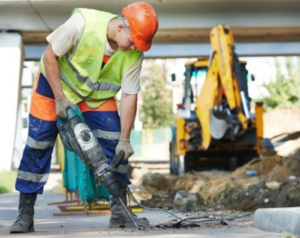
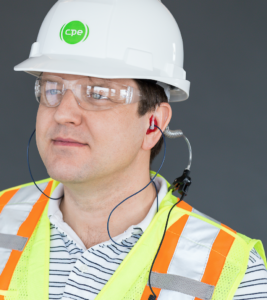
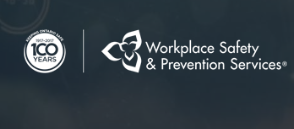

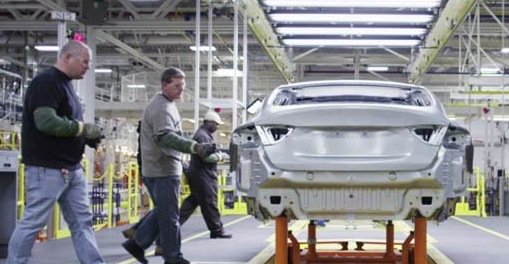

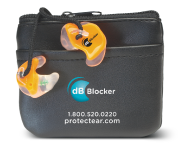

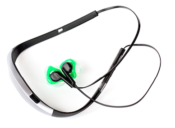


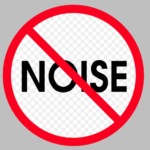
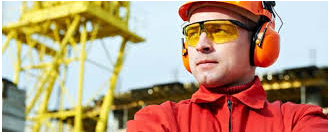

 ducing ambient noise is a concern for some riders. If you plug your ears, how will you hear your bike’s engine or, more importantly, monitor traffic around you? Learn more about hearing protection you can actually hear through…
ducing ambient noise is a concern for some riders. If you plug your ears, how will you hear your bike’s engine or, more importantly, monitor traffic around you? Learn more about hearing protection you can actually hear through… 

